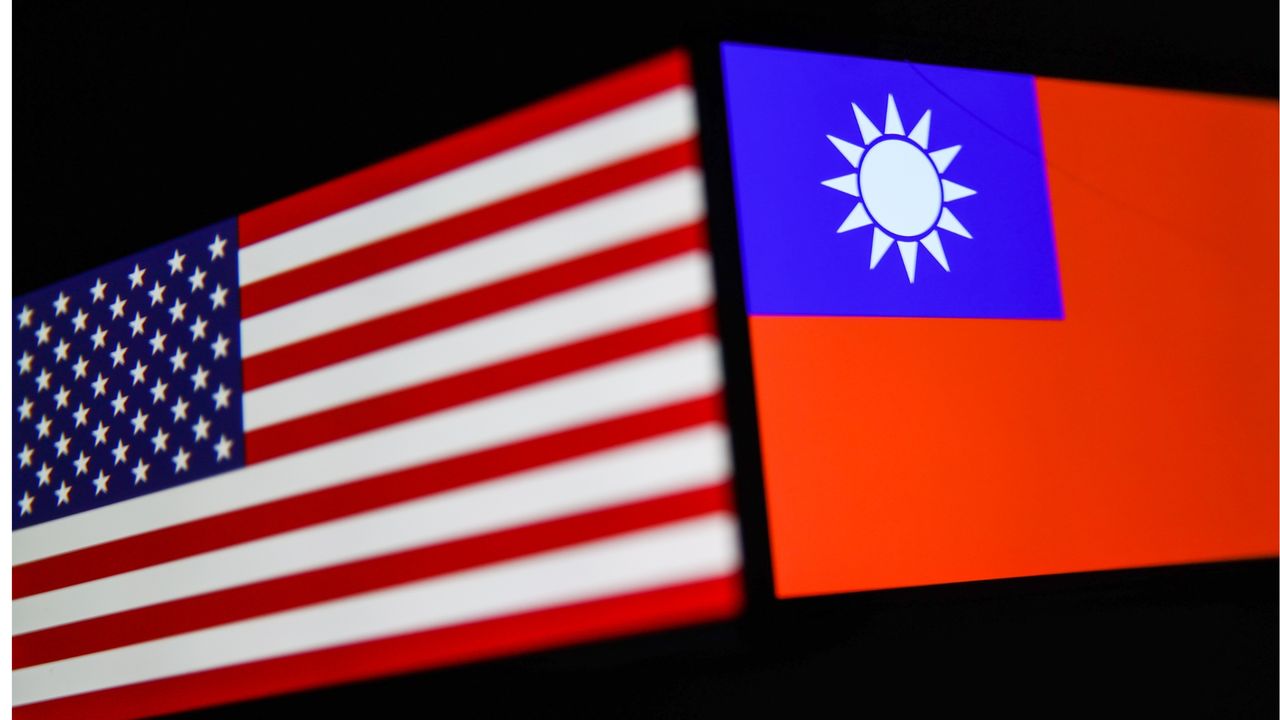
Taiwanese Vice Premier Cheng Li-chun said on Wednesday, October 1, that Taiwan’s government will not agree to U.S. Commerce Secretary Howard Lutnick’s proposal to move 50% of chip production bound for the U.S. to American shores, according to Bloomberg. Sec. Lutnick mentioned the proposal during a recent interview, saying that the U.S. has raised this proposal to reduce its reliance on overseas supply chains.
Now, Taiwan has been quick to reject the 50-50 suggestion, saying that it would not accept that split and that it wasn’t even part of the trade talks. “This issue was not discussed in this round of negotiation, and we will not agree to such a condition,” Cheng said, according to the report. He added that Taiwan wants to focus on concessions from looming Section 232 tariffs.
This refusal highlights the high-stakes discussion going on between the two allies. The U.S. naturally wants more of the chips that it needs produced inside the United States, saying that it’s unacceptable that most of the semiconductors that the country relies on are produced in “an island 80 miles from mainland China”. On the other hand, Digitimes reports that Taiwan wants Section 232 exemptions for its number one export, as well as a better tariff deal and a deeper economic partnership between Taipei and Washington.
Taiwan often leverages its global standing as the world’s premier manufacturer of advanced semiconductors as some sort of ‘silicon shield’. Moving over 50% of U.S.-bound chip production from the island into the United States is a risk it might be unwilling to take, as it will reduce China’s biggest rival’s reliance on the island. After all, if its bigger neighbor to the west wrestles control of the country, it could then use Taiwan’s semiconductor expertise to dictate terms to the rest of the world.
Follow Tom’s Hardware on Google Newsor add us as a preferred sourceto get our up-to-date news, analysis, and reviews in your feeds. Make sure to click the Follow button!






